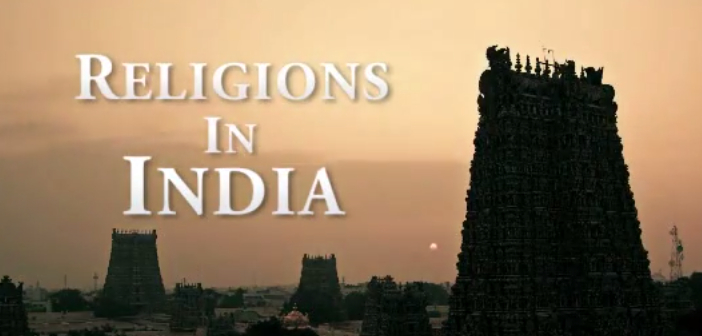Education in India is controlled by both State Governments and Union Governments. There are also various articles in the constitution that sees education as every person’s fundamental right. When it comes to statistics, the country has already made progress for the increase in the attendance rate in primary education and expansion of literacy has also increased about ¾ of the entire population. It is said that the use of the improved system in education has contributed much to the rise of the country’s economy. Its progress, especially those that are focused in scientific research and higher education are credited to the help of many public institutions.
Access to Education
Based on the ASER or Annual Status of Education report in 2012, there is 96.5% of rural children aging from 6-14 were surveyed to be enrolled in schools while those in the age of 15-16 have a percentage of 83%. Though there is an increase in the number of children who are going to school, the quality of education that children get from school is still an issue.
In the report given by Ernst and Young in January 2013, there is about 20% gross enrollment rate in the country for the tertiary level. While on the latest report of All India Council of Technical Education, there are over 3500 institutions that are offering diploma and post-diploma courses. With the number of institutions, more than 1.2 million is the intake capacity of such institutions yearly. The same survey maker has also reported that with the 1.76 million annual intake capacity of over 3400 degree-granting engineering colleges, there is over 1.2 million actual enrollments are done.
Largest Industries Studied
On the other hand, the capacity for Computer Science has crossed a hundred thousand, Management Science with 385,000 and pharmacy has 121,000. While the yearly intake capacity of institutions with technical degrees and diploma has already exceeded 3.4 million by 2012. Those that are taking engineering, Agriculture, Medicine and Science have crossed 6.5 million as reported by UGC or University Grants Commission in 2010. As for the number of women taking Engineering, it has doubled ever since 2001.
Providing Advantages to the Disadvantaged
Included in the education system of the country is the number of seats that are reserved for disadvantage groups. They have action policies provided for these disadvantages groups such as Scheduled Tribes, Scheduled Castes and Backward Classes. Those institutions, colleges and universities that are affiliated with the policies of the federal government are allotting 50% of their reservations for these groups and may vary with the state level. As of 2012, Andhra Pradesh has a total reservation of 83.33%, which is the highest reservation percentage in the country.
Literacy Rate in India
Due to the continuous support in the education system of the country, the literacy rate in India has also changed. In the census made in 2011, the national rate for literacy is around 74.07%. It is also said that the rate of literacy has increased more in the rural areas unlike the rates in the urban areas. The rate of literacy of females was 65% while 82% was for the males. Among many states of India, the state having the highest rate in literacy is Kerala while Bihar has an average rate of 63.8%.




